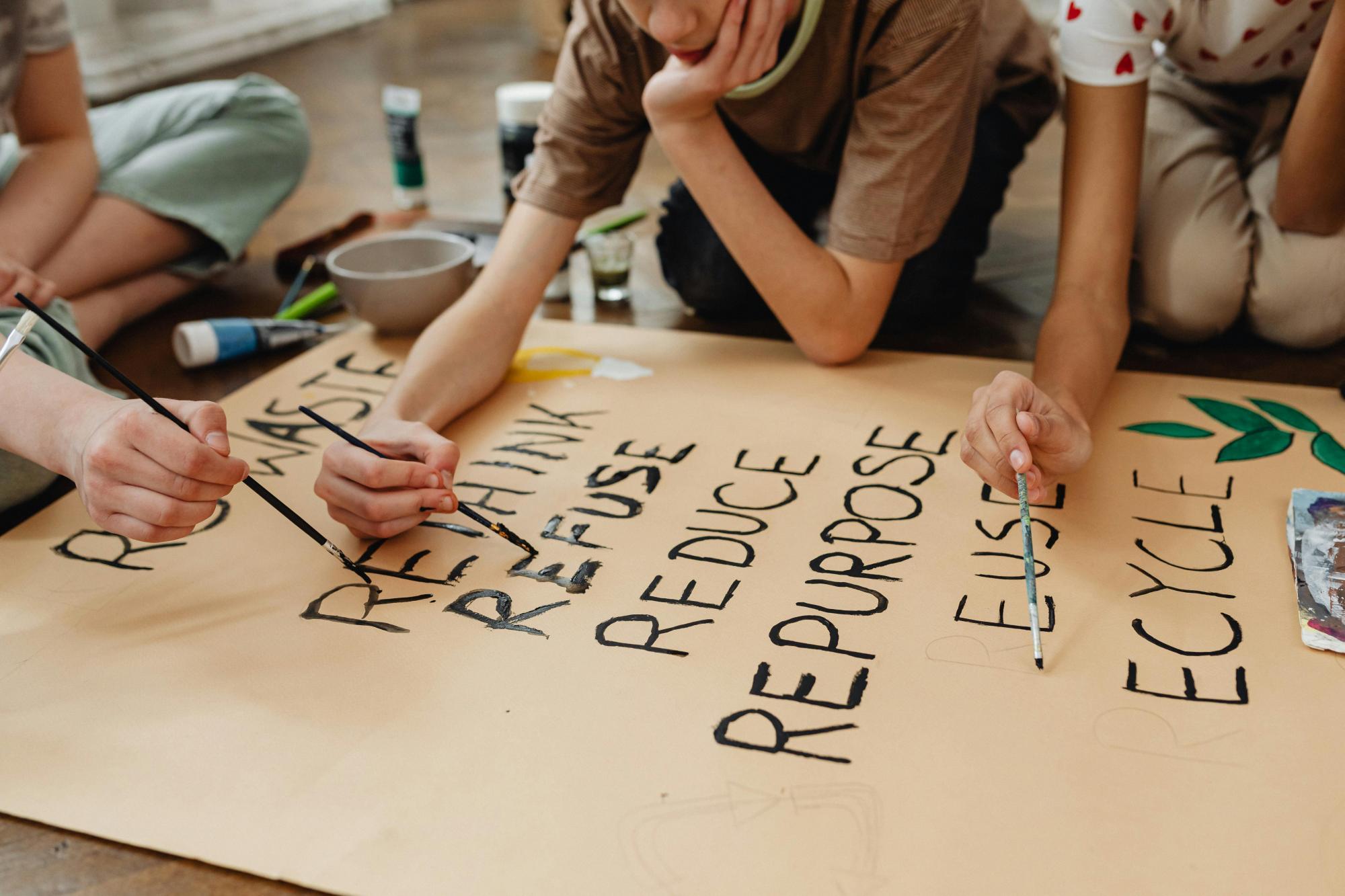Offered by our partner PreZero - In the run-up to 2030, organizations face a significant challenge: reducing resource use and closing commodity chains. The circular economy is no longer a "far away show," but a harsh reality that demands choices. An important tool for this is the R-ladder. But what exactly is this R-ladder? And why is it such a powerful tool?

What is the R-ladder?
The R-ladder orders circular strategies from high to low. The higher up the ladder, the more resources are saved. At the top is Refuse (refuse, or in other words, prevent waste from being created in the first place). At the bottom is Recover (burning with energy recovery).
The ladder has ten steps and can be summarized in three categories:
- Product use and make smarter (R0-R2) - strategies aimed at waste prevention.
- Extend life of product and parts (R3-R7) - strategies for reuse, repair and remanufacturing.
- Useful use of materials (R8-R9) - strategies for recycling and energy recovery.
The model helps organizations not only to determine their current position, but also to see where opportunities for improvement lie.
Using and Making Smarter: Refuse, Rethink and Reduce
The highest step, Refuse, is immediately the most confrontational. It asks: do we really need this product or resource?
'Refuse sounds simple, but in practice it takes guts,' says Jara Korstanje, Manager Zero Waste at PreZero. 'It can cause friction in the chain and often requires firm choices. But the benefit is great: less waste can mean lower costs, for example.'
A concrete example is the waste prevention plan that many organizations draw up with PreZero's help. This sets out the steps an organization will take in the coming years to avoid waste. In this way, an organization can avoid not only unnecessary purchasing of products and materials, but also emissions and rising costs for residual waste.
The second step, Rethink, is all about innovation: rethink existing processes or products. Consider Green Collective, an initiative where waste collectors drive together, via combined routes instead of each separately. That way fewer trucks are needed, carbon emissions are reduced, and logistics become more efficient.
Reduce is the third step: reducing resource and energy use. This can range from designing packaging smarter to deploying more efficient production lines. For many companies, this means a competitive advantage in addition to environmental benefits, especially as customers increasingly choose sustainable suppliers.